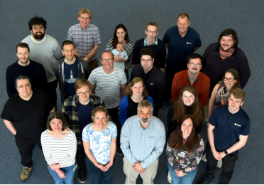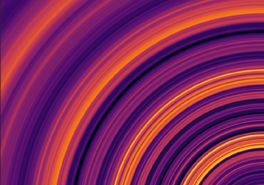Welcome to Crystallography
I11 High Resolution Powder Diffraction
I11 is a high resolution powder diffraction beamline for structural crystallography using an undulator source. This beamline specialises in investigating the structure of complex materials, including metal-organic frameworks, high temperature superconductors, ceramics, alloys, zeolites and minerals under non-ambient, time-resolved, and long duration conditions.
More informationEnergy: 6-25 (30*) keV - optimised at 15 keV
I15 Extreme Conditions
I15, the extreme conditions beamline, is a high energy diffraction and scattering beamline used to explore planetary interior conditions, as well as other experiments requiring high pressures and non-ambient temperatures.
More informationEnergy: 20-80 keV
I15-1 XPDF: X-ray Pair Distribution Function
XPDF (I15-1) is a dedicated X-ray Pair Distribution Function beamline. The pair distribution function allows researchers in fields as diverse as materials chemistry; solid-state physics; earth science; and pharmaceuticals to gain insight into the local structure of crystalline, amorphous, and liquid materials both ex situ and in situ.
More informationEnergy: 40, 65, 76 keV
I19 Small Molecule Single Crystal Diffraction
I19 is a high-flux tunable-wavelength facility for the study of small-molecule systems by single-crystal X-ray diffraction techniques. The beamline supports a variety of techniques to allow the structural change of systems to be mapped under the influence of an external effect (such as pressure, temperature, photoexcitation or gas exchange).
More informationEnergy: 5 - 25 keV


 Crystallography
Crystallography



